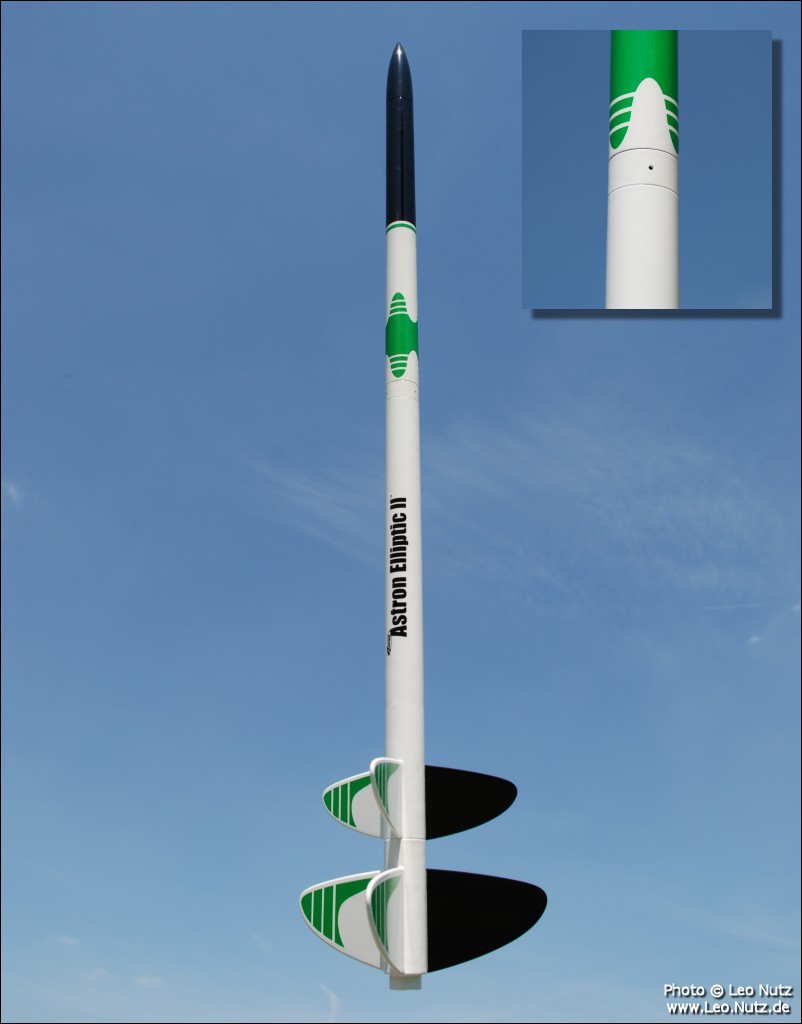Although actually building and flying anything that incorporates electronic deployment is a long way off for me, it seems like something that is involved enough that I should start learning about it sooner rather than later.
Specifically, I’m looking for advice regarding the feasibility of flying very small conventional, whoosh-pop type rockets on plugged motors that were originally designed for gliders and other unusual applications. More specifically, I’m looking at building something for the AeroTech C3.4T and the AeroTech D2.3T, and I may adapt down to an Estes A10-PT as well
I’m also hoping to accomplish this at some point on a larger scale too. The AeroTech F13 and G12 (both 32mm diameter) both come to mind.
Here are my thoughts on the engineering challenges presented by this:
The motors are going to be limited in terms of their thrust at liftoff. They don’t quite match the initial thrust of the Estes C6s we’re all familiar with.

The difference doesn’t look particularly worrisome to me, but I wouldn’t be doing my due diligence if I didn’t factor it in.
The rocket must be large enough to accommodate the electronics but light enough to clear the launch equipment safely. I’m willing to invest a bit in some custom GSE (a tower, perhaps) if launching from a standard rod is just not going to be feasible.
The rocket is also going to need to be trackable from the kind of altitude that a long-burn C or D will put it at, possibly without the benefit of tracking smoke. I would very much like to get that casing back, so it will definitely be flying with a streamer instead of a parachute.
Here are my main questions:
Is there a particular airframe design or even just a design philosophy/method that works well? I know @Leo and @0011001100 used commercially available kits as the basis for their small-scale dual deploy projects but I have a feeling I’ll need something more specialized to keep the weight down. I’ll be fooling around quite a bit OpenRocket but I figure it’s better to not reinvent the wheel if I can avoid it.
What are the options as far as electronics at this scale? Most of the systems I see people talk about here are for dual deploy, which seems a bit overkill and may eat up weight. For something like this, I think I only need one deployment event.
What am I looking at in terms of GSE? Does going from a standard rod and pad sound feasible, or am I going to need a larger tower/a piston launcher for better clearance speeds?
Specifically, I’m looking for advice regarding the feasibility of flying very small conventional, whoosh-pop type rockets on plugged motors that were originally designed for gliders and other unusual applications. More specifically, I’m looking at building something for the AeroTech C3.4T and the AeroTech D2.3T, and I may adapt down to an Estes A10-PT as well
I’m also hoping to accomplish this at some point on a larger scale too. The AeroTech F13 and G12 (both 32mm diameter) both come to mind.
Here are my thoughts on the engineering challenges presented by this:
The motors are going to be limited in terms of their thrust at liftoff. They don’t quite match the initial thrust of the Estes C6s we’re all familiar with.

The difference doesn’t look particularly worrisome to me, but I wouldn’t be doing my due diligence if I didn’t factor it in.
The rocket must be large enough to accommodate the electronics but light enough to clear the launch equipment safely. I’m willing to invest a bit in some custom GSE (a tower, perhaps) if launching from a standard rod is just not going to be feasible.
The rocket is also going to need to be trackable from the kind of altitude that a long-burn C or D will put it at, possibly without the benefit of tracking smoke. I would very much like to get that casing back, so it will definitely be flying with a streamer instead of a parachute.
Here are my main questions:
Is there a particular airframe design or even just a design philosophy/method that works well? I know @Leo and @0011001100 used commercially available kits as the basis for their small-scale dual deploy projects but I have a feeling I’ll need something more specialized to keep the weight down. I’ll be fooling around quite a bit OpenRocket but I figure it’s better to not reinvent the wheel if I can avoid it.
What are the options as far as electronics at this scale? Most of the systems I see people talk about here are for dual deploy, which seems a bit overkill and may eat up weight. For something like this, I think I only need one deployment event.
What am I looking at in terms of GSE? Does going from a standard rod and pad sound feasible, or am I going to need a larger tower/a piston launcher for better clearance speeds?
Last edited:







